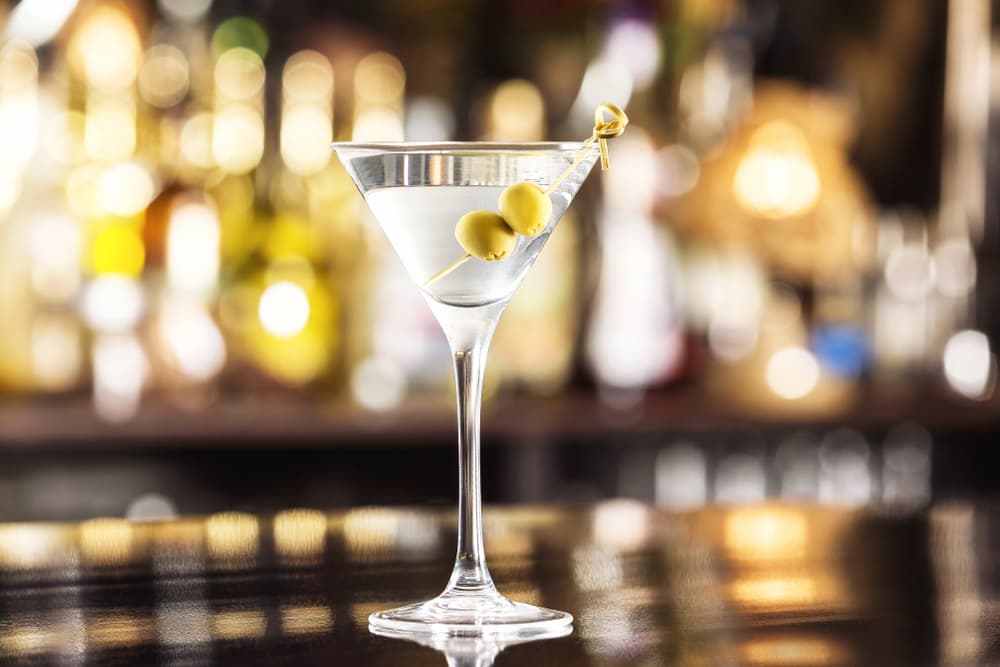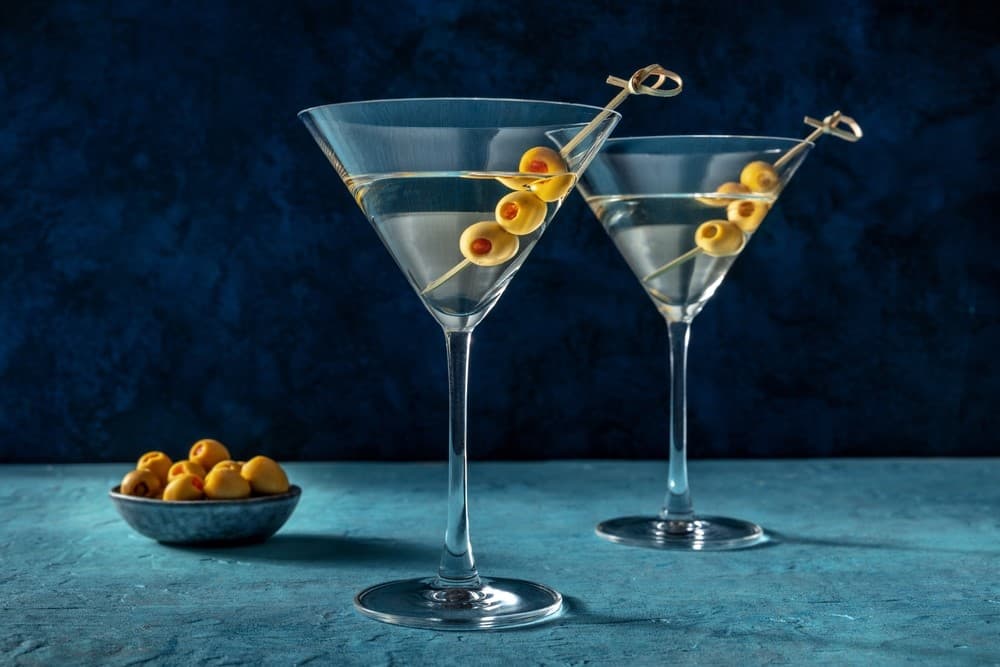How Many Olives Make A Dirty Martini? Here’s A Bartender’s Superstition
If you thought it was only footballers or ranchers who are a superstitious lot, think again! Superstitions and curses run amok in diverse sports, businesses and arts across the globe. The world of bartending cannot escape them either. Mixing drinks is a distinct form of artistry, it requires a scientific understanding of ingredient pairings and a flair for precision. But for all its careful study, trial and error and the experimentation required to arrive at a scientific and artistic perfection, mixology is riddled with superstition. One of the most well-known beliefs surrounds the number of olives in a trendy cocktail, the dirty martini.
Olives In A Martini
According to cocktail legends, the first mixology recipes were sweet and syrupy concoctions made using spirits, sugars and bitters. The original martini was then made using gin and sweet vermouth. Garnishes and mixers for other cocktails included cherries, mint and fresh fruits or fruit juices. It was only when bartenders started experimenting with different flavour profiles and liquor pairings that a dry cocktail began to receive attention and fame.
Explorations of ingredients that would suit a drier palate led to the introduction of a complex ingredient that was here to stay in the realm of mixology. This was the olive. The popularity of olives in cocktails became so widespread in America that towards the end of the 19th century, a dry martini became synonymous with olives.
A martini served in a conical stemmed glass comprising gin and dry vermouth is an iteration of a drink that has evolved through decades of transformations from a sweet infusion to a slightly drier, dirtier version.
The origins of olives in the martini can be famously traced back to the New York bartender John O’Connor. In 1901, he was fiddling around with ingredients to make a dry martini and searching his bar, he stumbled upon some olive and olive brine, which he added to the drink to create what we know today as a very dirty martini.
The drink garnered more and more popularity, particularly during the Prohibition Era when alcohol was made discreetly at home and gin was one of the easiest spirits to concoct. By the time Prohibition was repealed, the martini was a much-favoured cocktail incorporating dry vermouth, olive brine and olives. The drink needed a simple garnish that could soak up the sizable quantity of booze which outweighed the amount of vermouth, and olives came to the rescue.

Odds Are Favoured
Olives are a salty treat which adds a distinct layer of taste to the martini and is a pleasant surprise for the taste buds. And among mixologists, there exists a common superstition about how many olives are added to a glass of martini.
When making a martini, one must use either one or three olives, basically only an odd number of olives. The cardinal rule follows that olives will not be used in even numbers because it spells bad luck. While the origins of this superstition are difficult to trace, it is a belief followed by bartenders without fuss. So, while one olive might be less and five, a tad excessive, three are perfect. Two or four olives are a drinking faux pas indeed!
Some mixology experts can find traces of a similar tradition in Italian cultures where coffee beans garnishing sambuca are always in clumps of threes, as a pair might spell bad hospitality and are generally deemed unlucky. Similar hosting traditions also exist elsewhere in the world, such as in West Asia, where dates are served in threes or fives, never in even numbers.
So whatever iteration of the dirty martini you concoct next using a Tanqueray No. Ten Gin, be sure to follow this unspoken superstition because sheer bad luck could mean anything, even a poor-tasting drink!










